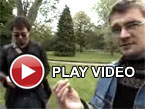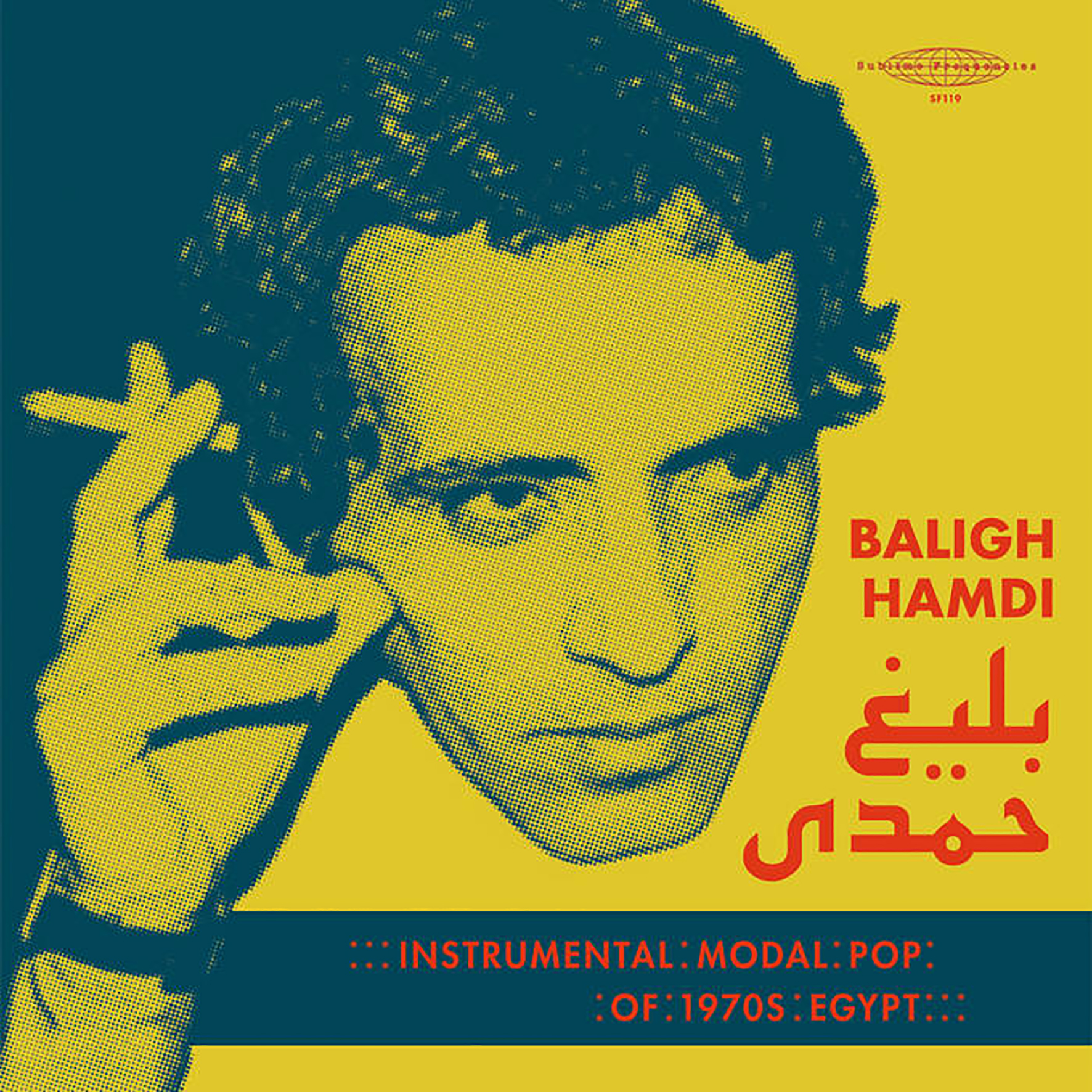 This latest collection continues Sublime Frequencies' impressive hot streak of releases this year, as Hisham Mayet has curated a selection of elusive instrumental pieces from "a towering figure in Arabic cultural history." Unsurprisingly, I have not knowingly encountered Hamdi's work before, as SF is always way ahead of the curve in digging up revelatory artists unfamiliar to most western ears, but Mayet and the songs he selected make a convincing case that Hamdi was indeed behind "some of the hippest music coming out of the Middle East from the late 1960s and throughout the 1970s." It was rare for Hamdi's work to surface under his own name, however, as most of his success and influence came from composing for a host of famous Arabic singers or scoring films, plays, and television. This collection, however, focuses on a very specific era of Hamdi's career in which Mayet believes the composer and his Diamond Orchestra perfected a modernized "international music" that elegantly combined "Eastern tinged jazz, theremin draped orchestral noir, and mid-east and eastern psychedelic exotica." Naturally, most of the original albums are exasperatingly elusive and expensive, but the rarity of these songs is secondary to their quality. This scratches roughly the same itch as other classic SF "pop" compilations like Bollywood Steel Guitar and Shadow Music of Thailand.
This latest collection continues Sublime Frequencies' impressive hot streak of releases this year, as Hisham Mayet has curated a selection of elusive instrumental pieces from "a towering figure in Arabic cultural history." Unsurprisingly, I have not knowingly encountered Hamdi's work before, as SF is always way ahead of the curve in digging up revelatory artists unfamiliar to most western ears, but Mayet and the songs he selected make a convincing case that Hamdi was indeed behind "some of the hippest music coming out of the Middle East from the late 1960s and throughout the 1970s." It was rare for Hamdi's work to surface under his own name, however, as most of his success and influence came from composing for a host of famous Arabic singers or scoring films, plays, and television. This collection, however, focuses on a very specific era of Hamdi's career in which Mayet believes the composer and his Diamond Orchestra perfected a modernized "international music" that elegantly combined "Eastern tinged jazz, theremin draped orchestral noir, and mid-east and eastern psychedelic exotica." Naturally, most of the original albums are exasperatingly elusive and expensive, but the rarity of these songs is secondary to their quality. This scratches roughly the same itch as other classic SF "pop" compilations like Bollywood Steel Guitar and Shadow Music of Thailand.
While Hamdi is technically the star of the show here, he is actually only one of two legends on these recordings, as Sublime Frequencies favorite Omar Khorshid was one of the many luminaries recruited for Hamdi's Diamond Orchestra. Naturally, there are plenty of cool guitar parts as a result, but no one member of the Diamond Orchestra stands out as particularly virtuosic or essential. Instead, the beauty of these pieces primarily lies in their deft blurring of modern and traditional styles, their inventive arrangements, and the tightness and fluidity of the ensemble. The opening "Ghada" provides an especially impressive example of Hamdi's "modal pop" vision, achieving a delightfully propulsive and swinging blend of surf guitar twang, Bollywood dance party, and bittersweetly soulful Arabic melodies. Obviously, getting all of those elements to fit seamlessly together in the first place was the most revolutionary part of Hamdi's vision, but the execution is also rather dazzling in a general sense, as melodies are constantly traded between instruments while the band nimbly navigates exacting rhythmic variations without breaking a sweat.
For the most part, "Ghada" is very representative of everything that follows, so if that one does not connect, the rest of the album will probably hold no further appeal. Similarly, anyone who loves "Ghada" will likely be thrilled to find eighteen more bangers in a similar vein awaiting them. Within that rich vein lie some delightful variations, however, such as the swooningly romantic strings of "Mawal," which approximates the soundtrack to a imagined Bond film where he teams up with sexy Egyptian dancer/double agent. Elsewhere, "Chaka Chico" initially sounds like the theme for a Spaghetti western ghost story due to its theremin melody, but fluidly shifts tones until it sounds like a love story set in an Middle Eastern cabaret. The closing "Love Story" is another surprise, as Hamdi and his ensemble gamely spice up Francis Lai's famous melody with Arabic instrumentation and inventive fluorishes until it resembles an Egyptian mariachi band crashing an Italian wedding. Beyond that, I was also delighted by the pieces where the orchestra abandon rock rhythms in favor of more Arabic-inspired percussion, as they do on "Gazairia." Just about everything here is great (and fun) though, as Instrumental Modal Pop of 1970s Egypt sounds like some of the coolest and most forward-thinking musicians around teamed up to unknowingly make a flawless and hook-filled surf/exotica/Bollywood masterpiece. I can certainly understand how Hamdi came to be so revered in the Arab world if he brought this level of heat to even his non-hits.
Samples can be found here.


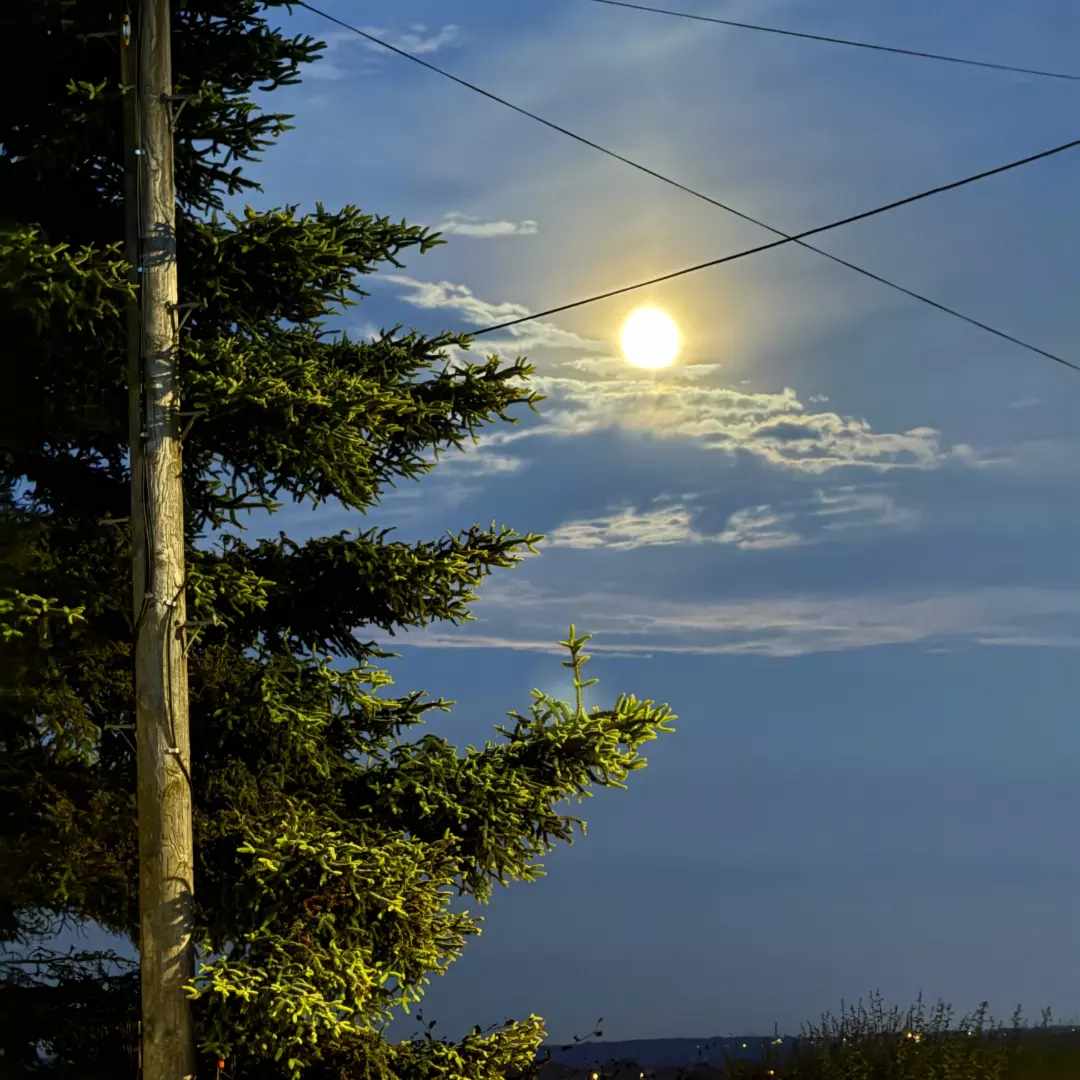
 I am a bit late to the party with this project from "NYC-based, Iranian-Canadian brothers" Mohammed and Mehdi Mehrabani-Yeganeh, as they have been steadily releasing oft-killer music since 2017. This is their first album for Important, however, and it makes for a perplexingly unrepresentative introduction to their work, taking their more industrial tendencies in an unconventionally jazz-inspired direction with mixed results. That said, the brothers make a conscious point of attempting to "present new ideas" with each fresh release, so a truly representative album may never exist. Instead, each album is a snapshot of their thoughts and inspirations at one particular stage of their evolution. Similarly, the brothers are unswervingly devoted to making their music personal by rooting it in their own stories. Conceptually, that makes To Live A La West the Saint Abdullah album inspired by the time the brothers were allowed to attend a dance after their sixth grade graduation. The album is quite a bit harder to define stylistically, however. While the brothers cite Jon Hassell's Fourth World aesthetic as one major source of inspiration, I cannot think of any artists who explore similarly eclectic territory to this album’s curious mixture of free jazz and industrial-tinged experimentation mingled with shades of electronic pop and Iranian music. To my ears, this album could not be much further from the sights and sounds of a middle school dance (even filtered through psychedelic sensibility), but the best moments achieve a kind of strange beauty akin to Carter Tutti Void teaming with up some Egyptian jazz guys to record a very strange and unconventional film soundtrack. The other moments are considerably harder to explain, as they resemble industrial jazz vamps made by an AI whose primary influence is '80s arcade game sounds.
I am a bit late to the party with this project from "NYC-based, Iranian-Canadian brothers" Mohammed and Mehdi Mehrabani-Yeganeh, as they have been steadily releasing oft-killer music since 2017. This is their first album for Important, however, and it makes for a perplexingly unrepresentative introduction to their work, taking their more industrial tendencies in an unconventionally jazz-inspired direction with mixed results. That said, the brothers make a conscious point of attempting to "present new ideas" with each fresh release, so a truly representative album may never exist. Instead, each album is a snapshot of their thoughts and inspirations at one particular stage of their evolution. Similarly, the brothers are unswervingly devoted to making their music personal by rooting it in their own stories. Conceptually, that makes To Live A La West the Saint Abdullah album inspired by the time the brothers were allowed to attend a dance after their sixth grade graduation. The album is quite a bit harder to define stylistically, however. While the brothers cite Jon Hassell's Fourth World aesthetic as one major source of inspiration, I cannot think of any artists who explore similarly eclectic territory to this album’s curious mixture of free jazz and industrial-tinged experimentation mingled with shades of electronic pop and Iranian music. To my ears, this album could not be much further from the sights and sounds of a middle school dance (even filtered through psychedelic sensibility), but the best moments achieve a kind of strange beauty akin to Carter Tutti Void teaming with up some Egyptian jazz guys to record a very strange and unconventional film soundtrack. The other moments are considerably harder to explain, as they resemble industrial jazz vamps made by an AI whose primary influence is '80s arcade game sounds.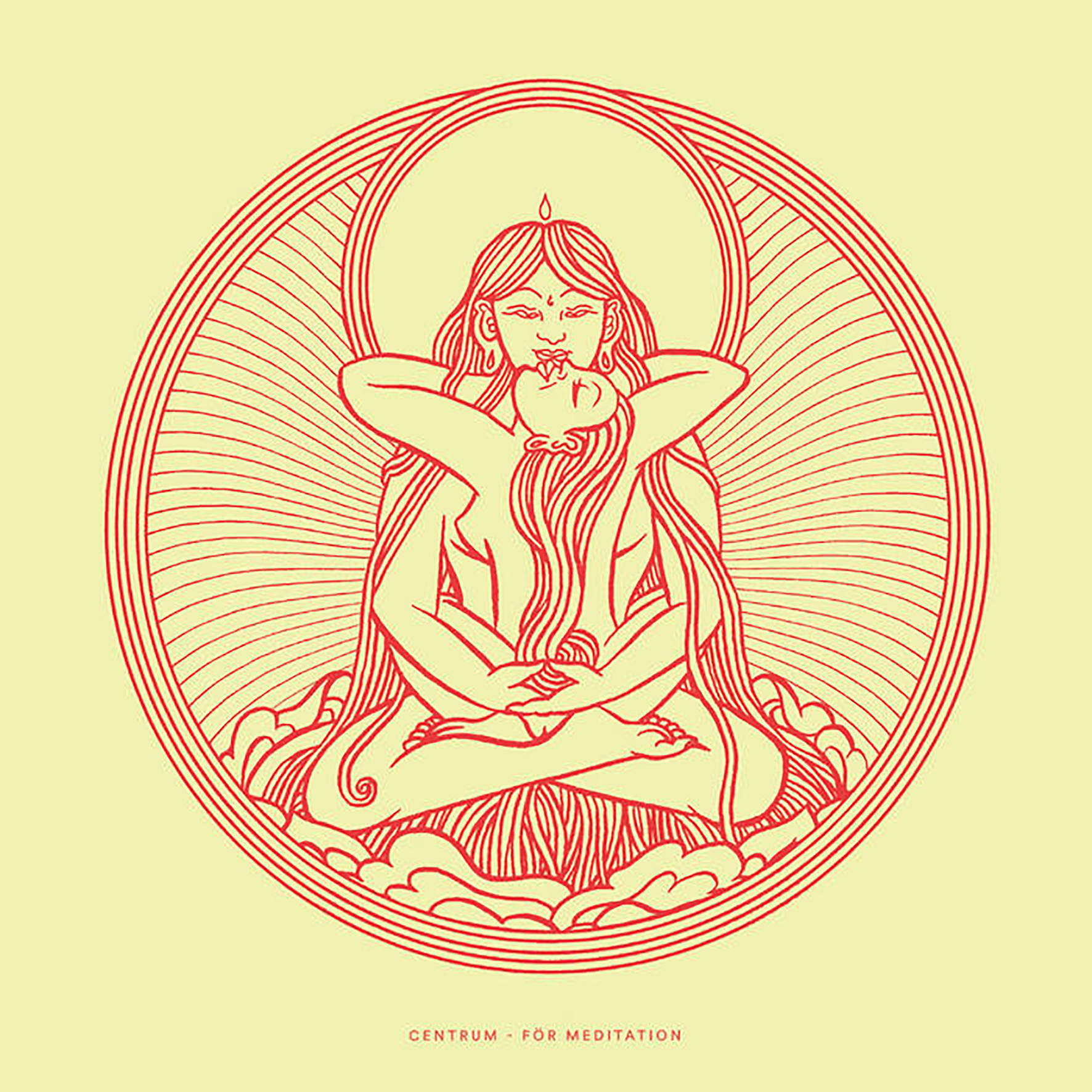 I probably do not follow the contemporary psych-rock scene as closely as I should, so this 2019 side project from Sweden's Hills managed to elude me for a couple of years. On one level, the leap from Hills to Centrum is not exactly a dramatic one, as För Meditation arguably resembles a Hills album with the electronic guitars and jammier tendencies excised. On a deeper level, however, the spell that Centrum casts is very different from that of most modern psych bands, as För Meditation feels like a lost classic from the late '60s/early '70s nexus where hallucinogens, Pandit Pran Nath, and eastern religion collectively transformed the more adventurous fringes of rock forever. In more practical terms, that means that För Meditation is full of droning, chanting, and raga-damaged psychedelia great enough to earn Centrum a place in my personal pantheon of Swedish psych/free music titans like Parson Sound and Träd, Gras och Stenar. They clearly also learned a trick or two from more recent bands too though, as they do an impressive job of sidestepping the genre's more indulgent tendencies and beautifully channel the killer ride cymbal grooves of classic Om (albeit opting more for hypnotic repetition than muscular intensity and virtuosic flourishes).
I probably do not follow the contemporary psych-rock scene as closely as I should, so this 2019 side project from Sweden's Hills managed to elude me for a couple of years. On one level, the leap from Hills to Centrum is not exactly a dramatic one, as För Meditation arguably resembles a Hills album with the electronic guitars and jammier tendencies excised. On a deeper level, however, the spell that Centrum casts is very different from that of most modern psych bands, as För Meditation feels like a lost classic from the late '60s/early '70s nexus where hallucinogens, Pandit Pran Nath, and eastern religion collectively transformed the more adventurous fringes of rock forever. In more practical terms, that means that För Meditation is full of droning, chanting, and raga-damaged psychedelia great enough to earn Centrum a place in my personal pantheon of Swedish psych/free music titans like Parson Sound and Träd, Gras och Stenar. They clearly also learned a trick or two from more recent bands too though, as they do an impressive job of sidestepping the genre's more indulgent tendencies and beautifully channel the killer ride cymbal grooves of classic Om (albeit opting more for hypnotic repetition than muscular intensity and virtuosic flourishes).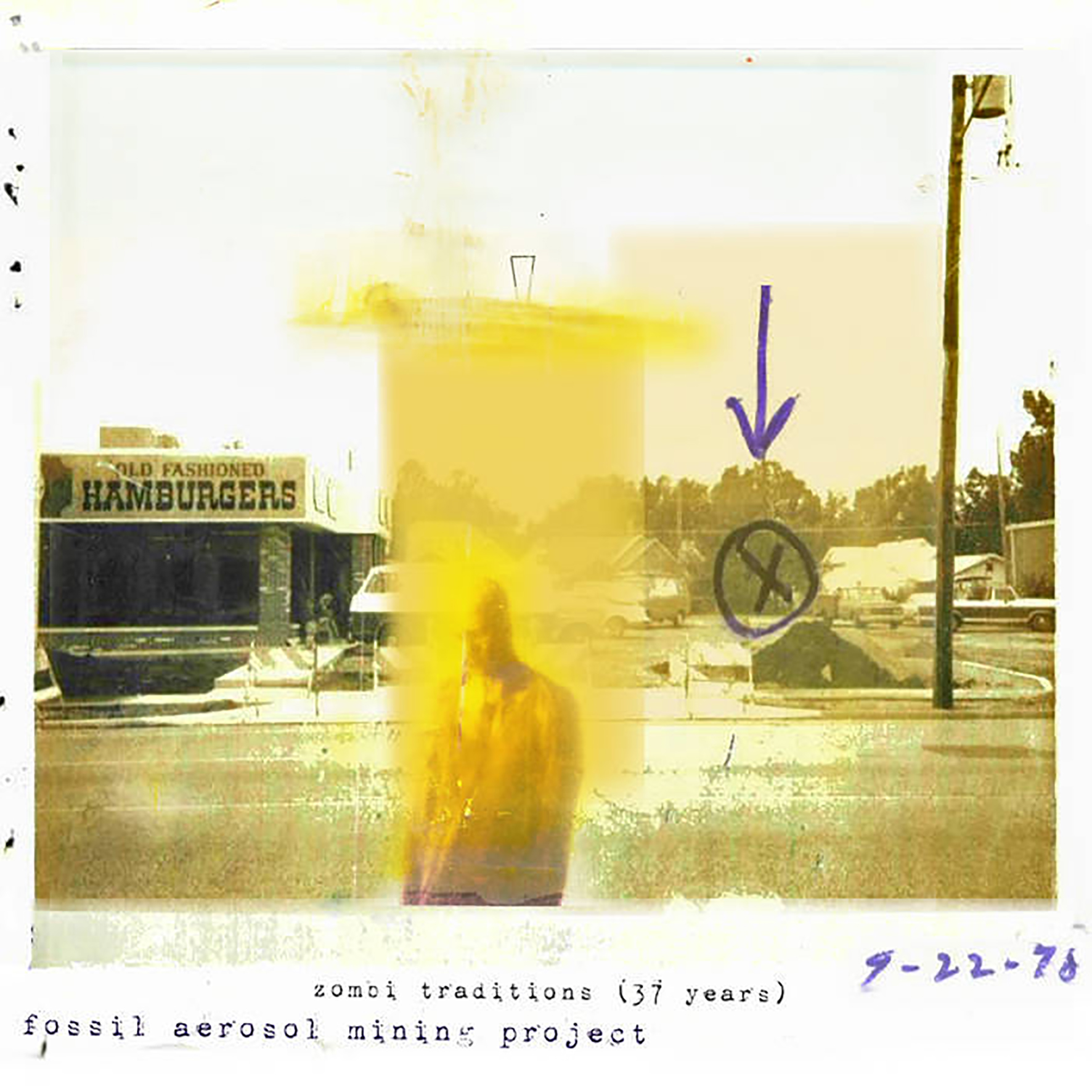 This enigmatic Illinois collective has never been particularly keen on revealing much about themselves, but they do have something of an origin story in which the project was birthed when they fatefully discovered a section of a film trailer in an abandoned drive-in theater back in 1983. While I do not believe they ever specified which film they found, all signs point to a George Romero or Lucio Fulci film, as "sounds from films about fake corpses constitute some of the earliest material used by Fossil Aerosol Mining Project." In fact, the project nearly always sounds like a hallucinatory collage of badly distressed VHS tapes of Dawn of the Dead, but the project has also released several explicitly zombie-indebted releases over the course of their long and macabre career, some of which were eventually compiled on 2014's digital-only Zombi Traditions. As befits the subject material, those already remixed, remastered, and revised pieces have been cannibalized once more for this definitive edition. As the previous incarnations of these songs have been purged from existence, I cannot say how well these latest versions stack up against the earlier ones, but I can say that this is easily one of the best Fossil Aerosol Mining Project albums that I have heard. To my ears, this album is the embodiment of everything I love about this project, as it perfectly captures the imagined ambiance of a late '70s/early '80s mall where the only remaining signs of life are strains of kitschy muzak and cheery announcements of incredible bargains eerily reverberating around the ransacked, rubble-strewn, and desolate halls until the electricity eventually fails.
This enigmatic Illinois collective has never been particularly keen on revealing much about themselves, but they do have something of an origin story in which the project was birthed when they fatefully discovered a section of a film trailer in an abandoned drive-in theater back in 1983. While I do not believe they ever specified which film they found, all signs point to a George Romero or Lucio Fulci film, as "sounds from films about fake corpses constitute some of the earliest material used by Fossil Aerosol Mining Project." In fact, the project nearly always sounds like a hallucinatory collage of badly distressed VHS tapes of Dawn of the Dead, but the project has also released several explicitly zombie-indebted releases over the course of their long and macabre career, some of which were eventually compiled on 2014's digital-only Zombi Traditions. As befits the subject material, those already remixed, remastered, and revised pieces have been cannibalized once more for this definitive edition. As the previous incarnations of these songs have been purged from existence, I cannot say how well these latest versions stack up against the earlier ones, but I can say that this is easily one of the best Fossil Aerosol Mining Project albums that I have heard. To my ears, this album is the embodiment of everything I love about this project, as it perfectly captures the imagined ambiance of a late '70s/early '80s mall where the only remaining signs of life are strains of kitschy muzak and cheery announcements of incredible bargains eerily reverberating around the ransacked, rubble-strewn, and desolate halls until the electricity eventually fails.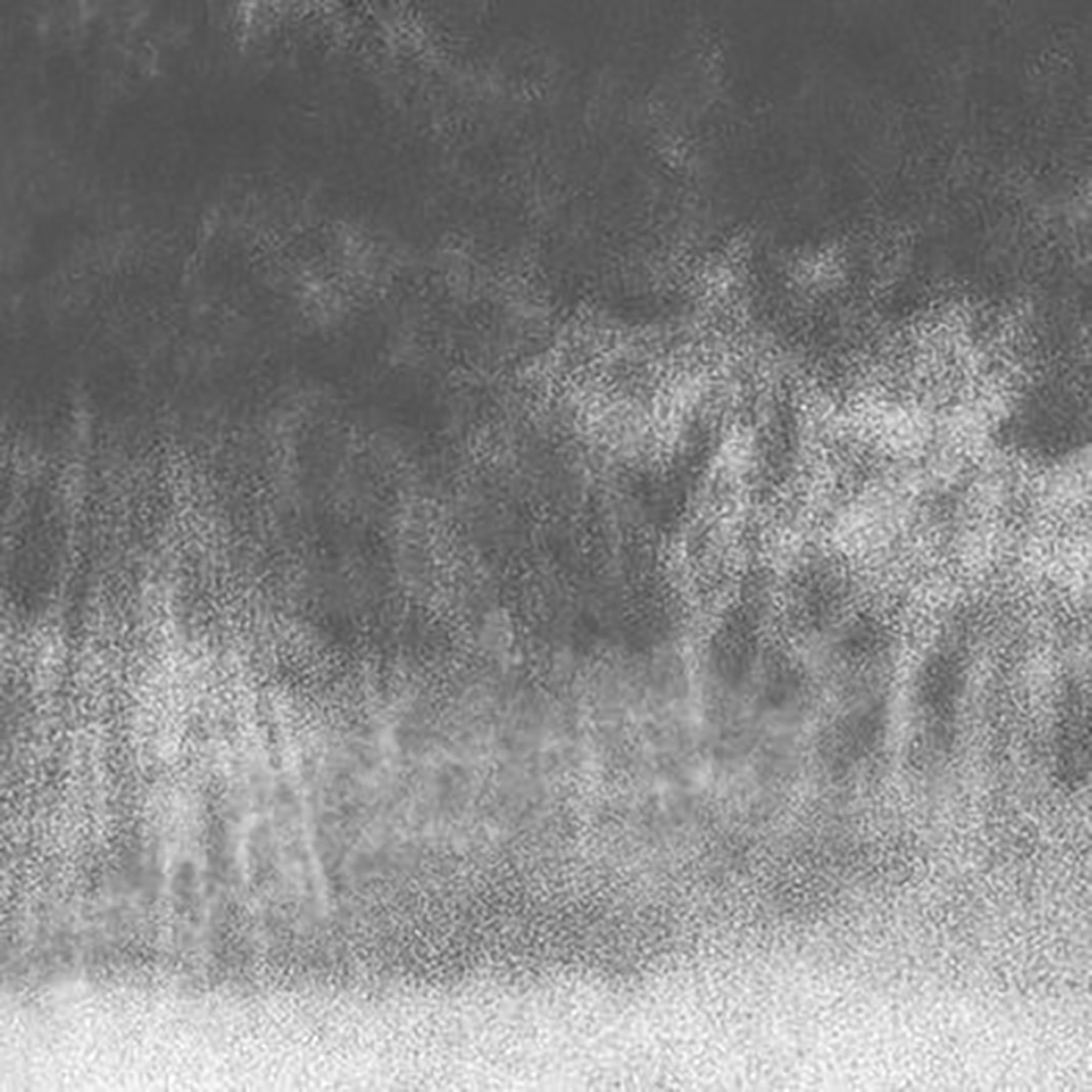 This latest release from Aleksandra Zakharenko is a "selection of soundscapes created by throughout various stages of last year" described as "subliminal moments, suspended fragments, caught between time zones." While that description could admittedly fit quite a lot of Perila's music, 7‚Äã.‚Äã37‚Äã/‚Äã2‚Äã.‚Äã11 has a far more intimate and informal feel than this year's previous release on Smalltown Supersound (How Much Time It Is Between You And Me?). That uncluttered, sketch-like approach suits Zakharenko quite well, as it brings out a bit more distinctive character than her more layered and produced work. Given that Perila is one of the more consistently intriguing artists in the ambient-adjacent abstract electronic milieu, there is plenty to like (or love) about that more produced side too, but I found this more stark and simple side easier to connect with on a deeper level, as these six songs distill Zakharenko's vision to its most pure form without sacrificing any of the beauty.
This latest release from Aleksandra Zakharenko is a "selection of soundscapes created by throughout various stages of last year" described as "subliminal moments, suspended fragments, caught between time zones." While that description could admittedly fit quite a lot of Perila's music, 7‚Äã.‚Äã37‚Äã/‚Äã2‚Äã.‚Äã11 has a far more intimate and informal feel than this year's previous release on Smalltown Supersound (How Much Time It Is Between You And Me?). That uncluttered, sketch-like approach suits Zakharenko quite well, as it brings out a bit more distinctive character than her more layered and produced work. Given that Perila is one of the more consistently intriguing artists in the ambient-adjacent abstract electronic milieu, there is plenty to like (or love) about that more produced side too, but I found this more stark and simple side easier to connect with on a deeper level, as these six songs distill Zakharenko's vision to its most pure form without sacrificing any of the beauty.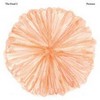 If you hang around enough basement shows, if you listen to enough record collector shop talk, if you read lists of your favorite obscure musicians listing their favorite obscure musicians, then you just may have heard of the Dead C. Two decades into the game, the band has not swerved from their distinctive brand of tangled, noisy improvisational rock. To that end, Patience delivers no surprises, no attention-grabbing gestures towards a wider audience, just a steady devotion to raw, monolithic sound.
If you hang around enough basement shows, if you listen to enough record collector shop talk, if you read lists of your favorite obscure musicians listing their favorite obscure musicians, then you just may have heard of the Dead C. Two decades into the game, the band has not swerved from their distinctive brand of tangled, noisy improvisational rock. To that end, Patience delivers no surprises, no attention-grabbing gestures towards a wider audience, just a steady devotion to raw, monolithic sound. After over two years of recordings, swapping files and reworking each others' material, this collaboration between Steven Stapleton and Larsen has been long awaited. Regrettably, the end result is not uniformly great as the album has a number of pieces which do not reflect the best capabilities of either party. Yet, all is not lost as there is gold here amongst the debris. Some brilliant sounds are sandwiched between other less exhilarating pieces.
After over two years of recordings, swapping files and reworking each others' material, this collaboration between Steven Stapleton and Larsen has been long awaited. Regrettably, the end result is not uniformly great as the album has a number of pieces which do not reflect the best capabilities of either party. Yet, all is not lost as there is gold here amongst the debris. Some brilliant sounds are sandwiched between other less exhilarating pieces. Originally a series of 7" split singles released on the Trensmat label, this compilation collects all the original releases on one CD and also includes a few covers not previously released as part of the series. Featuring a fantastic selection of bands (this is not a collection of also-ran bands doing a crappy tribute album) which for me are mainly an improvement on the originals. Hawkwind are one of those bands whose influence I appreciate more than their original recordings and to hear some bands I truly love interpreting their music has given me a new found enthusiasm for Hawkwind themselves.
Originally a series of 7" split singles released on the Trensmat label, this compilation collects all the original releases on one CD and also includes a few covers not previously released as part of the series. Featuring a fantastic selection of bands (this is not a collection of also-ran bands doing a crappy tribute album) which for me are mainly an improvement on the originals. Hawkwind are one of those bands whose influence I appreciate more than their original recordings and to hear some bands I truly love interpreting their music has given me a new found enthusiasm for Hawkwind themselves. With his custom guitar and unconventional playing techniques, Fongaard is one of the unrecognized innovators of prepared guitar, even in his native Norway. Here, three discs of his work, and a DVD, are lavishly presented to hopefully increase the recognition of this artist. There is a lot of material to digest but it is well worth the effort and presents a distinct missing link in the world of experimental guitar.
With his custom guitar and unconventional playing techniques, Fongaard is one of the unrecognized innovators of prepared guitar, even in his native Norway. Here, three discs of his work, and a DVD, are lavishly presented to hopefully increase the recognition of this artist. There is a lot of material to digest but it is well worth the effort and presents a distinct missing link in the world of experimental guitar. After the dissolution of his criminally underrated Band of Susans project, Robert Poss continued his obsession with the various noises of the electric guitar, no longer restrained by the constraints of "rock" music (though he pushed those boundaries pretty hard with BoS). Settings is a collection of music recorded for various purposes, but follows the concepts established on his 2002 album Distortion is Truth, reveling in the dissonant and not so dissonant tones of both guitar and analog synthesizer technologies.
After the dissolution of his criminally underrated Band of Susans project, Robert Poss continued his obsession with the various noises of the electric guitar, no longer restrained by the constraints of "rock" music (though he pushed those boundaries pretty hard with BoS). Settings is a collection of music recorded for various purposes, but follows the concepts established on his 2002 album Distortion is Truth, reveling in the dissonant and not so dissonant tones of both guitar and analog synthesizer technologies.